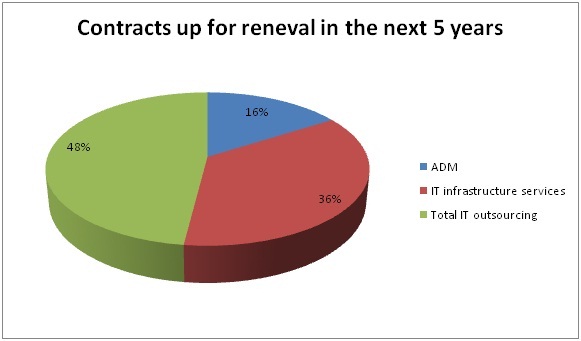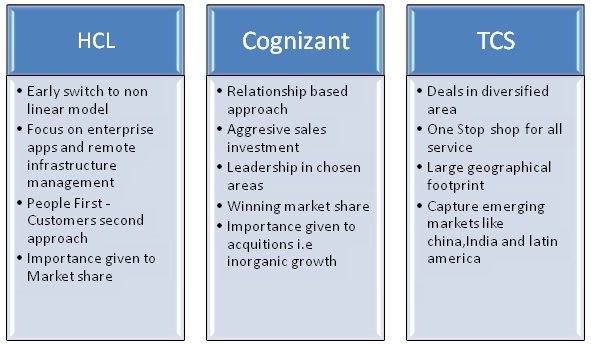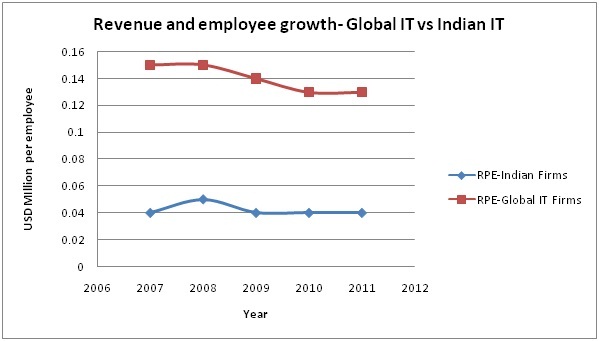In the past couple of weeks with an unprecedented crash in the gold prices some of my friends – all of whom are reasonably savvy with their investments – have asked me about Bitcoin. There’s a lot of misinformation floating around, so I figured it’d be worthwhile to bring you all up to speed on the topic.
I’ll get into the technical details momentarily, but the main things you need to know about Bitcoin are: although Bitcoins are completely electronic, they’re more than a little bit like cash; Bitcoin transactions are completely untraceable to individuals; and the value of a Bitcoin is set by the open market, not by any government.
If that sounds like a truly remarkable development, it is. A hundred years ago you could take a Maria Theresa Dollar or Pound Sterling – silver coins of known quality and easily measured weight – to the far corners of the earth and receive fair exchange.
Now, we have paper currencies backed by the "full faith and credit" of the issuing nation, with values that frequently fluctuate day-to-day, influenced not only by open trade, but also by governmental intervention. And if you want to transfer more than a little bit of money, it takes a wheelbarrow or a bank account, and an intermediary bank or two or three, with all the ensuing paper trails.
Not so with Bitcoin. By employing some cryptographic magic and extreme redundancy, there’s no central bank for Bitcoins, no list of Bitcoin holders, nothing that can trace a person to a specific transaction. If that sounds like an ideal setup for money launderers, drug dealers, or fugitive ex-Prime Ministers, well, you’re on your way to understanding the brilliance of Bitcoins.
Back in the day (four years ago), Bitcoins came to prominence as the preferred way of transferring money on a web site called Silk Road – and the majority of financial transactions on Silk Road involved drugs. But the future of Bitcoins now seems to be considerably less sordid.
Why all the interest in Bitcoins, all of a sudden? Consider that the value of one, single Bitcoin, grew from US$5 at the beginning of 2012 to about $13 at the end of 2012. Since then, in just three months, the value of a single Bitcoin has skyrocketed to more than $150. While there are many reasons for the increase, Bitcoin saw its largest boosts around the time the banking crisis in Cyprus hit the newspapers. Many people speculate that Europeans who are afraid of getting Cypriot-style "haircuts" on their bank accounts are more willing to bet on non-traditional vehicles for saving money.
The ones who jumped to Bitcoins early this year have been rewarded with a 10-fold increase in the value of their bets. Er, purchases.
At its heart, a Bitcoin is a number, not unlike a serial number on a banknote. In order to use the Bitcoin, you have to log in to a program – either a program that runs on your computer, called a wallet, or an online service – with your account number and password. To transfer money, you tell the program or online service which account you want to transfer the Bitcoins to, and how much. In some respects it’s like a normal online bank transfer, but in other respects it’s completely different.
The biggest difference? Bitcoin doesn’t have any central clearing house – there’s no big bank looming in the background. Nobody has a list of account numbers and owners. There is, however, an ongoing list of transfers: which accounts transferred how much to which other accounts. That list of transfers is stored in hundreds of different locations, by hundreds of different computers.
The technical details of how the transfers are implemented – how "ownership" of a Bitcoin gets transferred, and how people are prevented from transferring the same Bitcoin twice – involves public key cryptography and some very fancy computing techniques, but the bottom line is that it’s entirely anonymous.
No central lists of account numbers.
Also, no email addresses. The only username and password you need are to access your own Bitcoins – the Bitcoin network doesn’t keep track of them.
There’s a time delay on the transactions. Typically it takes 10 minutes for Bitcoin transfers to take effect. The reasons are complex, but they’re associated with tracking down "double spends" – people who try to spend the same Bitcoin twice, either intentionally or inadvertently. Since there’s no central repository of accounts and balances, the delay is basically the price you pay for having a whole bunch of computers simultaneously verifying the transactions. If you’re accustomed to bank wire transfers taking an hour, or a day or a week, to complete, ten minutes doesn’t seem like much of a penalty. And the Bitcoin verification runs 24 hours a day, 7 days a week, on hundreds of computers.
When you ask somebody to send you money, you have to give them a public key (somewhat analogous to an "account number"). The Bitcoin software actually encourages you to generate a new account number for each transaction.
So if you get money from one person, and send some of the received money to another person, new "account numbers" in each direction make it basically impossible to trace where the money came from or went to.
The system’s entirely open. If you want, you can see the transactions going by in real time: just go to blockchain.info.
If you want to keep your Bitcoin transactions private, there are two vulnerable points: the point where you buy Bitcoins using some other currency, and the point where you sell them. If you just use Bitcoins to pay for your purchases (one person recently sold his house with Bitcoins; another sold a Porsche), there’s no traceable record.
Every law enforcement agency on earth recognizes the threat that the Bitcoin system entails. They’re leaning hard – sometimes with sanctions, sometimes with legislation – on the Bitcoin clearing houses to provide information about transactions. The largest Bitcoin clearing house, a Japanese firm called Mt Gox, warns that if you try to access your account using the Tor network or public proxy servers (two common means of disguising your location), they may suspend your account and force you to submit Anti-Money-Laundering documents.
The first widely recognized Bitcoin transaction involved two pizzas, for which the buyer paid 10,000 Bitcoins. Right now there are approximately 11 million Bitcoins in circulation, with an approximate value of $1.6 billion, in circulation. Oops, I just checked preev.com. The value of a Bitcoin just went over $160, so there’s almost $1.8 billion in circulation.
Bitcoins have a fascinating history. The originator(s) of the concept, who went by the handle "Satoshi Nakamoto," has never been identified. I say "went" because he appeared out of the blue in 2008, published a few papers, never made a public
appearance, and stopped answering emails in December 2010 – although I found one post purporting to be from him, dated April 2011. If you know the story of Laozi and the Tao Te Ching, you know Nakamoto’s story. The importance of Bitcoins (as in the Tao Te Ching, for that matter) isn’t in the person(s) who created it. The creation itself holds the answers to many pressing problems.
There’s a mechanism in place for generating new Bitcoins: the computers that keep track of the transactions are basically rewarded, very slowly, by being granted new Bitcoins. By the year 2140 there will be about 21 million Bitcoins in circulation – and that’s it, there won’t be any more new ones. If you want to learn more about Bitcoins, take a look at the Bitcoin FAQ (bitcoin.org/en/how-it-works).
Bitcoins have a tumultuous history, as of late. A software problem last month caused many people to lose confidence in the project, and the value of the Bitcoin dropped 27%. Just last week there was a sustained attack on the Mt Gox website, apparently in another attempt to undermine confidence in the concept. An online Bitcoin wallet service called Instawallet was hacked, with an undisclosed amount of Bitcoins stolen.
Rumors are flying that organized crime elements are trying to knock down the price of Bitcoins, so the bad guys can pick them up.
Here’s the question everyone asks me: "Would you buy Bitcoins right now?" My answer is a resounding "Hell no." It’s a great concept – appealing on many levels – but the recent spate of attention and run-up of price gives me nosebleeds. You may be able to make enough to retire off of Bitcoins in the next year. Or you may lose 90% of your gamble . . . er, investment. It would take a stronger stomach than mine to ride this one out.






